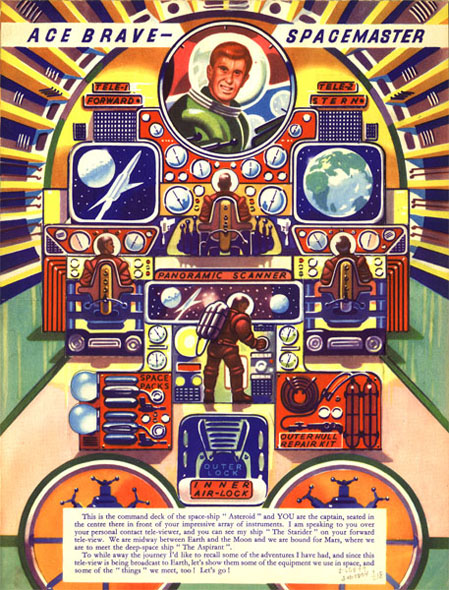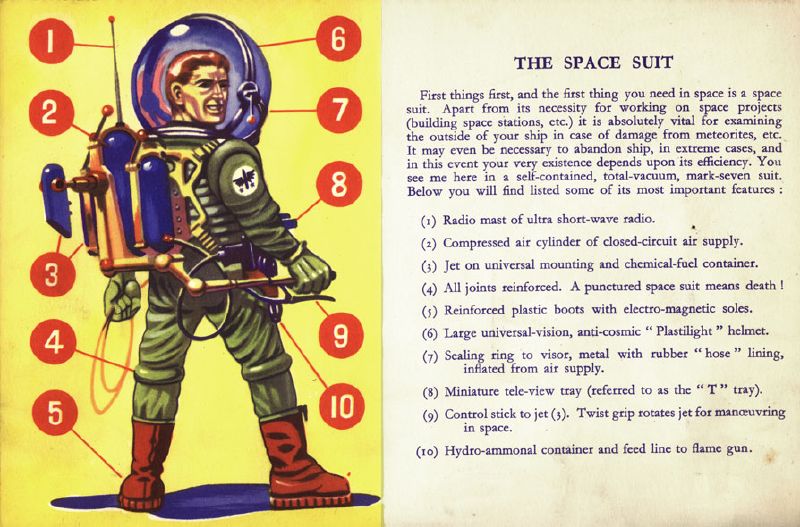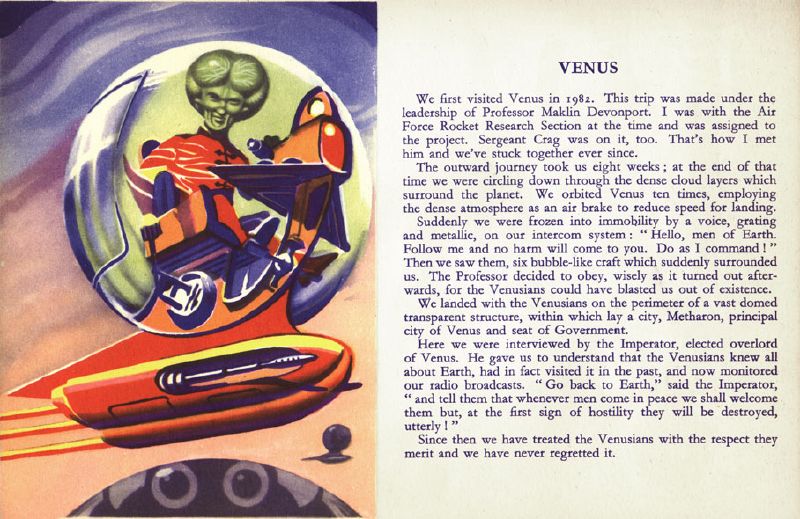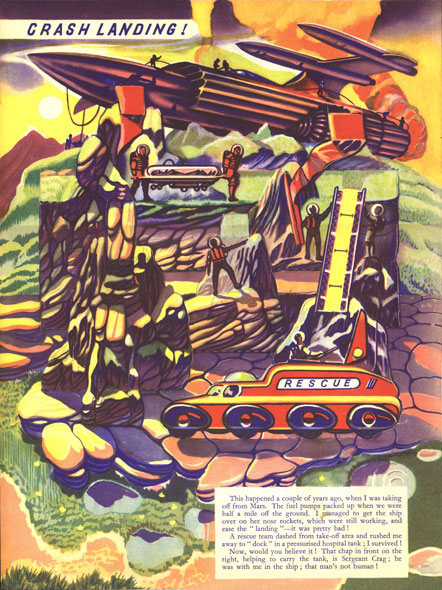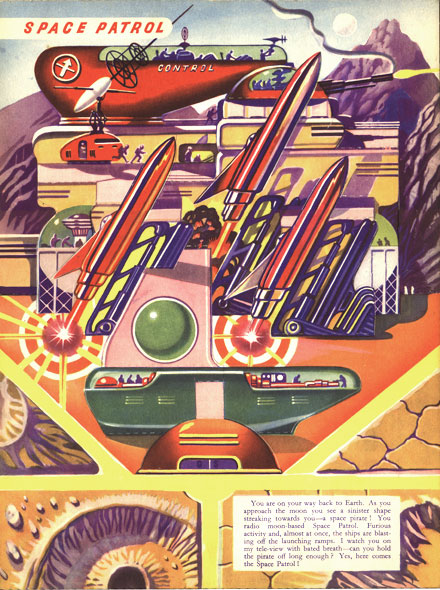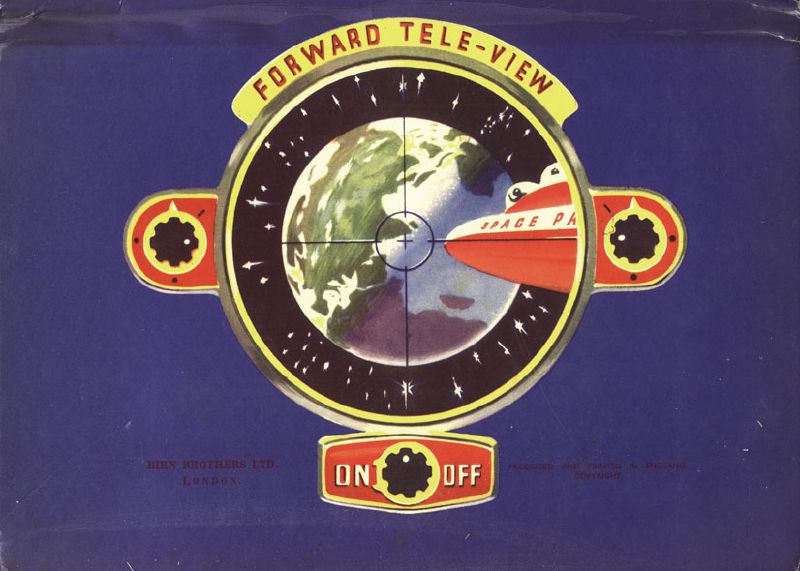Taking LSD was a profound experience, one of the most important things in my life. ~~Steve Jobs
In 1956 this unnamed American housewife took LSD at the Veteran’s Administration Hospital in Los Angeles. This woman’s husband was an employee at the hospital and referred her to this study, which was reportedly done for a television program on mental health issues.
When Swiss chemist Albert Hoffman first synthesized LSD (lysergic acid diethylamide) at the Sandoz laboratories in Basel, Switzerland on November 16, 1938, he felt that the compound wasn’t useful for the project at hand. He set it aside in the slush-pile. Five years later, April 16, 1943, Hoffman felt compelled to take another look at his abandoned discovery. John Beresford writes:
Hofmann is not sure – the chemist in the old Sandoz lab had what he called a “Vorgefühl.” The usual English word for this is “presentiment,” but the German word suggests something stronger than the laid-back “presentiment.” Something was telling Hofmann to retrace his steps and perform a new synthesis of the discarded molecule, LSD-25. It had to be that molecule and not one of the others consigned to the “useless” pile…
Hofmann does not remember what he was doing when the “presentiment” came over him. He won’t say if it came in a dream, or if he was in a state of unusual lucidity. One is free to speculate that the “instruction” to re-synthesize LSD came from a spiritual power which intervenes in the affairs of man to restore order when the danger of disorder has become too great. The reckless act of science in Chicago in December, 1942 (the first successful nuclear chain reaction – ed.) was remedied in Basel four months later, with Albert Hofmann chosen as the instrument to perform the cure.
Whatever the case, while re-synthesizing the LSD, Hofmann accidentally absorbed a small amount of the drug through his fingertips and discovered its powerful effects.
…affected by a remarkable restlessness, combined with a slight dizziness. At home I lay down and sank into a not unpleasant intoxicated-like condition, characterized by an extremely stimulated imagination. In a dreamlike state, with eyes closed (I found the daylight to be unpleasantly glaring), I perceived an uninterrupted stream of fantastic pictures, extraordinary shapes with intense, kaleidoscopic play of colors. After about two hours this condition faded away.
Three days later (April 19) Hofmann decided to intentionally take an experimental dose in order to delve deeper into the true effects of LSD. He (wrongly) determined that ingesting 0.25 milligrams (250 micrograms) would be a threshold dose – in actuality a threshold dose is 20 micrograms. Needless to say, Hoffman went a pretty massive trip. Within an hour he began to experience sudden and intense changes to his perception. He asked his lab assistant to accompany him home and, as it was wartime and cars were not an option, the two set out for their destination on bicycles.
At first Hofmann experienced extreme hallucinations and feelings of anxiety and paranoia. But then:
…little by little I could begin to enjoy the unprecedented colors and plays of shapes that persisted behind my closed eyes. Kaleidoscopic, fantastic images surged in on me, alternating, variegated, opening and then closing themselves in circles and spirals, exploding in colored fountains, rearranging and hybridizing themselves in constant flux …
April 19 wold become what is known as Bicycle Day in psychedelic communities and celebrated as the day of discovery for LSD.
After sharing this information with colleagues, as well as the experience, LSD-25 became the focus for all kinds of mind-centered experiments. Was it useful as a tool in psychiatry? Could the CIA use it as a pharmaceutical in Mind Control (MK-ULTRA)? Could LSD be used to treat alcoholism and/or autism?
In 1955 a former OSS operative and then Federal Bureau of Narcotics agent named George Hunter White teamed up with the CIA to run what was known as Operation Midnight Climax – a brothel was set up on Chestnut street in the San Francisco Bay area and unsuspecting Johns behavior was observed after they were secretly dosed. Several significant operational techniques were developed in this theater, including extensive research into sexual blackmail, surveillance technology, and the possible use of mind-altering drugs in field operations. This operation was carried out for a decade, 1955-1965. Many suspect that this is how LSD became introduced to civilians on the street and became a catalyst for the psychedelic anti-war culture of the 1960s.
A whole lot more could be written about the 1960s LSD experience such as the colorful characters, the gurus, the communities, etc., but that’s beyond the scope of this post. Covered here was a short trip down memory lane to the beginnings of a drug that appeared at the dawn of the nuclear age – a time when splitting an atom could blow the world away, and sipping down a molecule could blow the mind away. LSD became illegal in California on October 6, 1966. Other U.S. states and the rest of the world followed with the ban. Like the atom bomb, LSD has faded from social consciousness, but also like the atom bomb, LSD still lurks in the background. Time will tell if another moment will come when they explode back to the front of public awareness.












